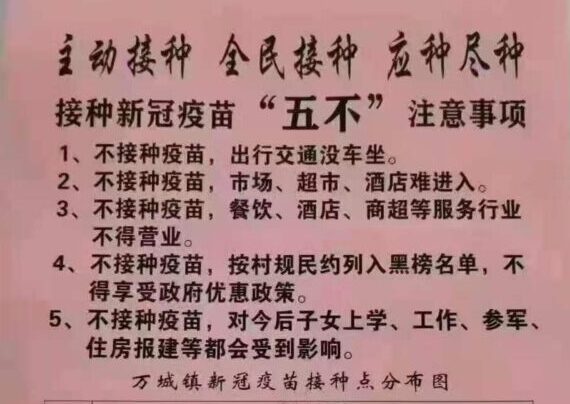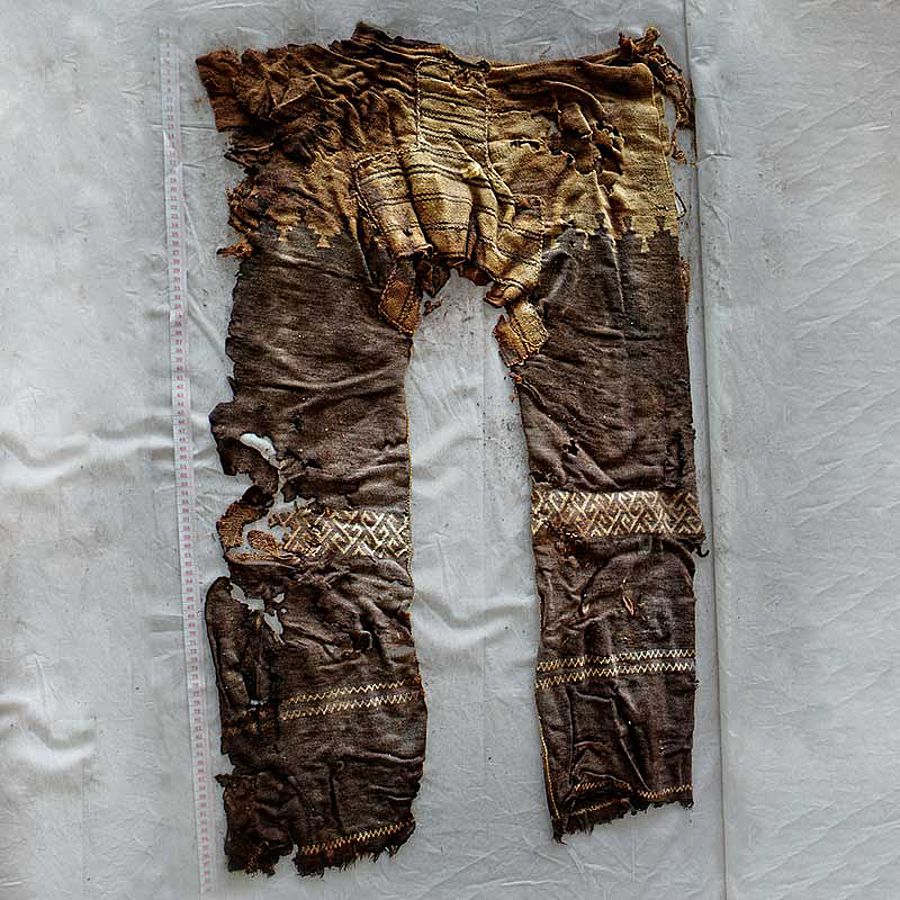Aspects of the Theory of Syntithology
From John Brewer:
Not sure if Language Log typically has a "travel page" section, but those readers in or near the NYC area who are vaccinated or otherwise not locked down might be interested in an exhibit at the Grolier Club in Manhattan that I visited a few days ago and will remain there until mid-May. It's called "Taming the Tongue in the Heyday of English Grammar (1711-1851," and includes sixty-odd different volumes from that time frame offering analysis, instruction, prescriptivist guidance, and/or complete crackpottery on the subject. They are all from the personal collection of the famous and/or notorious Bryan Garner. Admission is free but you need to book a time-slot 48 hours in advance via their website so they can limit the number of visitors to a pandemic-suitable total.
More details here (you may need to click on the "Second Floor Gallery" tab).
Read the rest of this entry »




